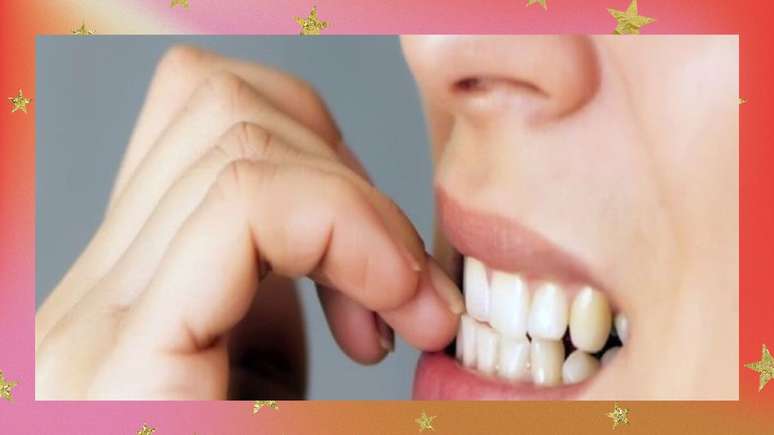Lipedema is often confused with obesity and swelling, but has characteristic signs that require attention
Lipedema is a chronic condition marked by the abnormal accumulation of fat under the skin, especially in the hips, legs, thighs and, in some cases, in the arms. Since it occurs similarly to overweight or swelling, the diagnosis is often confused.
According to the vascular surgeon and the Christian angiologist Souza, in the clinic towards the clinic, the lipedema is even interpreted as obesity, lymphedema or lipodystrophy Ginoide. “Lipedema can start from puberty during pregnancy or menopause. It is believed that women’s hormones play a crucial role in the development of the lipedema, but pathophysiology is still little known,” he explains.
The condition mainly affects women. A national study published in 2022 estimated that 12.3% of the Brazilian female population between 18 and 69 years of age have a lipedema, which corresponds to about 8.8 million women.
How to identify
Clinical signs help to differentiate the lipedema from other frames. Christienne lists the main ones:
- Symmetrical accumulation of fat in hips, legs and thighs, sometimes in the arms, but saving feet and hands;
- Disproportion between ends and trunk;
- Difficulty in reducing the volume of the limbs concerned, also with weight loss;
- Fibrous nodules under the skin;
- Pain and sensitivity to the touch;
- Tendency to spontaneous bruises or after small trauma in the affected areas.
“These signs help to differentiate the lipedema from other conditions, such as obesity, which has no characteristic pain, and lymphedema, which includes edema of the feet and hands and is not symmetrical”, says the doctor.
Early diagnosis is essential
The expert warns that the lack of information leads to incorrect diagnosis and ineffective treatments. “Many women suffer from symptoms for years before a correct diagnosis. Education on this condition can help improve the quality of life of many patients. Furthermore, continuous research is essential to better understand the causes of the Lipedema and the development of more effective treatments,” he underlines.
Treatment and quality of life
There are still no medicines that can deal directly with the Lipedema. The drugs and supplements available only act in controlling the inflammation, fibrosis, pain and swelling.
“The signs and symptoms of the Lipedema need treatment to improve the quality of life, including pain, edema and mobility and previous treatment provides better results,” says Cristienne.
According to the doctor, the conservative treatment provides a nutritional guide, the use of socks or compression bandages, manual physiotherapy and exercise. In more advanced cases, lipedema reduction surgery can be indicated to remove altered tissues, relieve symptoms and improve mobility.
Is it possible to prevent?
The causes of the lipedema are not yet completely clarified, so there are no forms of known prevention. However, maintaining a healthy lifestyle and adequate body weight can help relieve symptoms and slow down the progression of the disease.
Source: Terra
Ben Stock is a lifestyle journalist and author at Gossipify. He writes about topics such as health, wellness, travel, food and home decor. He provides practical advice and inspiration to improve well-being, keeps readers up to date with latest lifestyle news and trends, known for his engaging writing style, in-depth analysis and unique perspectives.





![Such a wonderful sun in advance: Summary of the episode of Wednesday on August 27, 2025 [SPOILERS] Such a wonderful sun in advance: Summary of the episode of Wednesday on August 27, 2025 [SPOILERS]](https://fr.web.img5.acsta.net/img/1a/9c/1a9c40cf034f0942cacb0db8481f2fb7.jpg)



